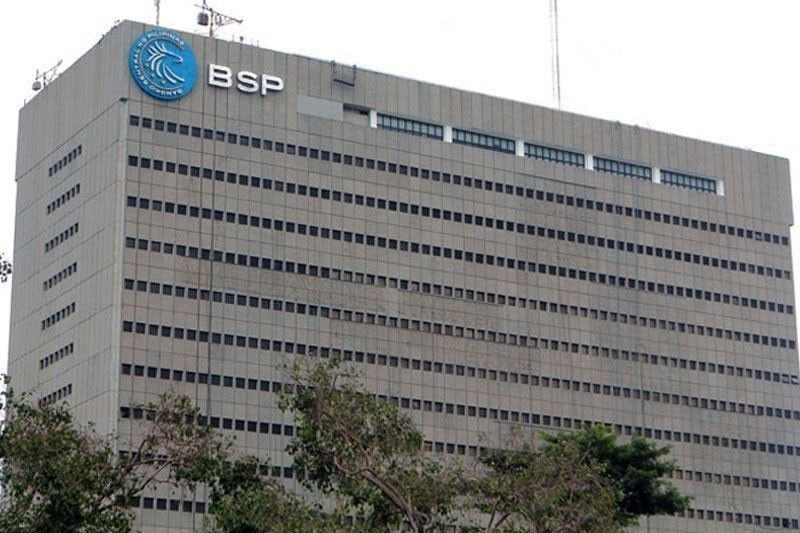BSP seen to keep record low rates

MANILA, Philippines — The Bangko Sentral ng Pilipinas (BSP) is likely to keep the benchmark interest rate at an all-time low of two percent this year to help the economy recover from the pandemic-induced recession, UK-based Standard Chartered Bank said.
Chidu Narayanan, economist for Asia and the Philippines at Standard Chartered, said during the bank’s annual media briefing held online that the country’s gross domestic product (GDP) would bounce back with a growth of 6.1 percent this year and 6.5 percent next year after contracting by 8.9 percent in 2020.
“We expect that returning to pre-COVID GDP levels of economic output will only happen in 2022,” Narayanan said.
To help the economy rebound from the recession – two or more straight quarters of economic contraction – Narayanan said the central bank’s Monetary Board is seen retaining the record-low interest rates.
“We do not expect further easing because the BSP has already eased quite significantly. We do not expect any policy rate cut from the BSP for all of 2021,” Narayanan said.
Narayanan said the BSP would likely allow the aggressive easing last year to work its way through the economy.
The BSP emerged as one of the most aggressive central banks in the world in 2020, slashing interest rates by 200 basis points to a record low of two percent as part of measures to cushion the impact of the COVID-19 pandemic on the economy.
It also lowered the reserve requirement ratio by 200 basis points for big banks and by 100 basis points for mid-sized and small banks to free up more funds into the financial system.
In all, the COVID-19 response measures have unleashed P2 trillion to help boost the economy which stalled when Luzon was placed under enhanced community quarantine in the middle of March to slow the spread of the disease.
Narayanan said the BSP is likely to further lower the reserve requirement ratio by another 100 basis points in the second half once credit growth that fell below one percent at 0.3 percent in November recovers.
“It’s very likely to come, probably the second half of the year, given that liquidity is very flush at this point in time. And one of the reasons for likely delay in a RRR cut is also because credit growth is very subdued at this point in time,” Narayanan said.
Narayanan expects inflation to accelerate to 3.5 percent this year from 2.6 percent last year, even peaking at around four percent in the second quarter, but should not be a cause for concern for the BSP.
“We don’t think inflation is a worry. Headline inflation will be higher but we don’t expect core inflation to be higher. We don’t think that the BSP will be too concerned about a pick up in inflation,” Narayanan said.
Standard Chartered foreign exchange strategist for Asia Divya Devesh said the peso is seen weakening to 49.50 to $1 by the end of the year after gaining more than five percent to 48.04 to $1 in end-2020 from 50.635 to $1 in end-2019.
“So even in a weak (US) dollar environment, we think dollar-peso is going to go slightly higher. We do expect slight weakness in the Philippine peso this year,” Devesh said.
Edward Lee, regional head of research for ASEAN and South Asia at Standard Chartered, said the GDP growth of ASEAN is seen picking up at 5.9 percent this year after contracting by 3.7 percent last year
- Latest
- Trending






























